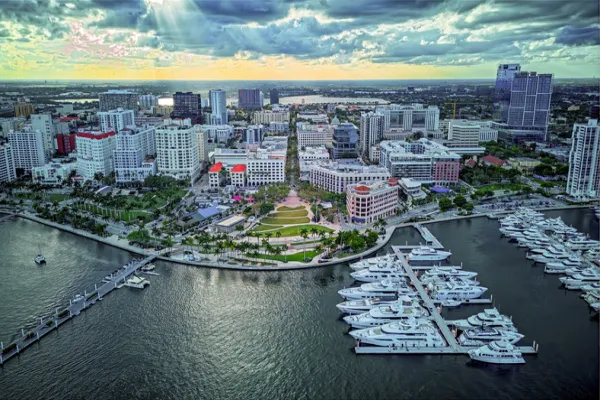After tweaking its capital model to account for the increased frequency and severity of hurricanes experienced during the past two storm seasons, as well as demand surge and storm surge, ratings agency Moody’s says it does not expect the changes to jeopardise insurers’ financial strength ratings.
Alan Murray, v.p. and senior credit officer at Moody’s, says the impact of the new capital model on insurers will be slight. “Some companies have seen an immediate need to get out of certain lines of business because of certain capital charges being imposed. The chances are those have not come from us,” says Murray. “Certain lines have become more capital intensive in our view, but not so much that we’ve seen companies feel the need to exit certain business segments immediately. Our changes are not in that order of magnitude.”
Pano Karambelas, v.p. and senior analyst in property/casualty ratings at Moody’s, adds that it is difficult to tell how the new criteria will affect companies, except to say that diversified firms would fare better than their catastrophe-focused counterparts.
“The overall effect is marginal,” says Karambelas. “There may be more ratings pressure on regional companies that write a lot of property, or companies that have outsized exposure and don’t have diversification benefits. In general, though, the overall impact of these changes is on the margin.”
The rater hopes to complete the recalibration of its risk-adjusted capital model within the next three weeks, according to Sarah Hibler, senior v.p. and team leader of property/casualty insurance ratings at Moody’s.
It has not licensed any of the third-party risk models when altering its assumptions, though it has held detailed discussions with the risk modellers since Hurricane Katrina hit.




